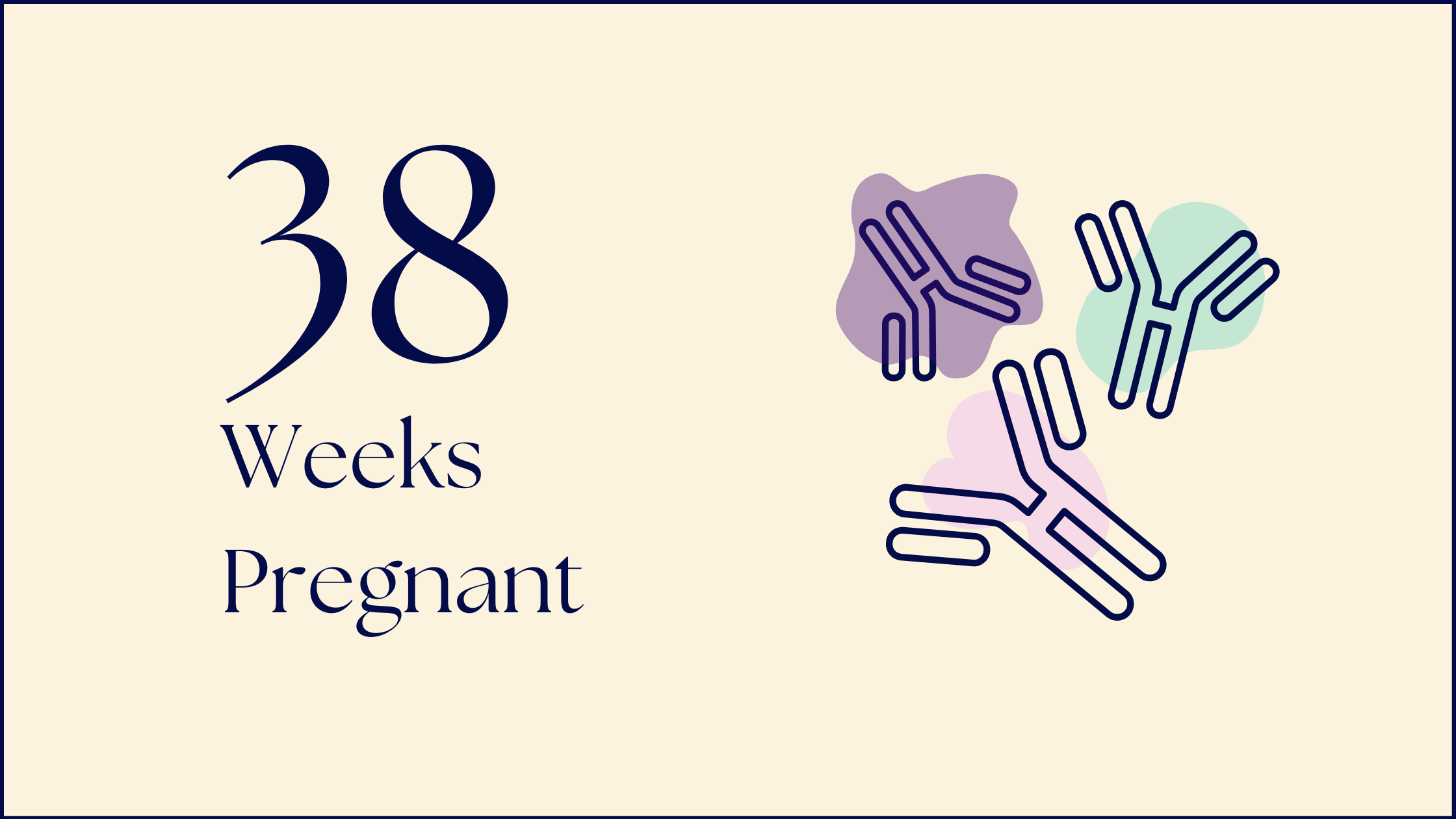Understanding Milk Supply and Early Expression
As your due date nears, you may notice small leaks from your breasts. This “weeping” is colostrum, the nutrient-packed first milk your body has been producing since around 20 weeks gestation. Not everyone experiences leaking, and that’s perfectly normal—many women with abundant milk supplies never leak during pregnancy.
Colostrum is incredibly rich in nutrients and immune-boosting components, so even small amounts go a long way in meeting your newborn’s needs. Babies consume just 5-7 mL per feeding during their first few days, as their tiny stomachs are built to hold just that.
It’s also common to question your milk supply during these early days. Many families introduce formula unnecessarily due to perceived low supply, often stemming from a lack of understanding about what’s normal. Knowing what to expect—and how to tell if baby is getting enough—can help build your confidence.
Tips for You This Week
- Prepare Nursing Pads: If you’re leaking, nursing pads can keep you dry and comfortable. Opt for reusable pads for an eco-friendly choice.
- Understand Normal Output: Expect to express or produce small volumes of colostrum, especially during the first 1-3 days postpartum. This is enough to meet baby’s needs.
- Look for Feeding Cues: Watch for signs like rooting and lip smacking rather than waiting for baby to cry—this will make latch and feeding easier.
Track Wet Diapers: A good indicator of milk intake is the number of wet and soiled diapers. Your care team can provide guidance on what to expect.
Fun Fact:
Colostrum contains more than 40 times the amount of immunoglobulin A (an antibody that coats and protects the gut) than mature milk does, making it a powerful first defense against illness for your newborn!





